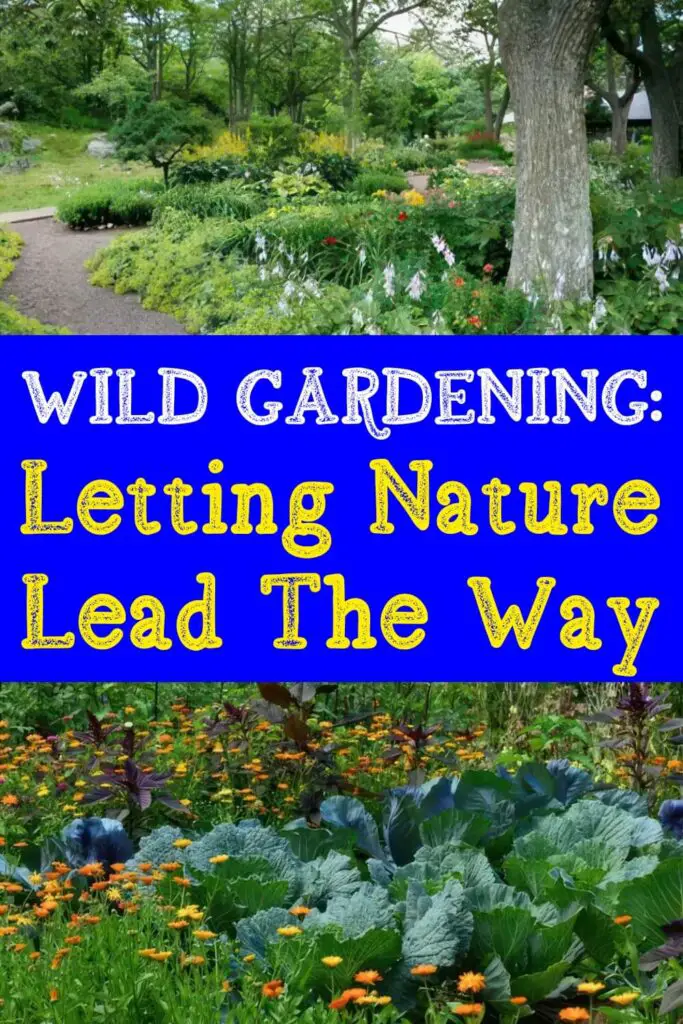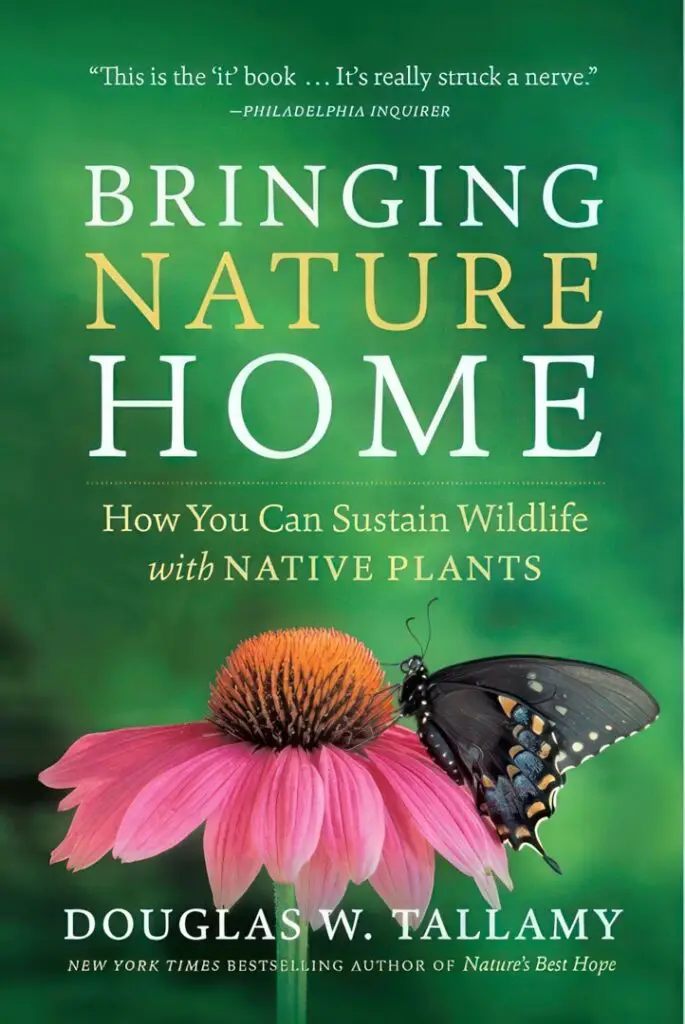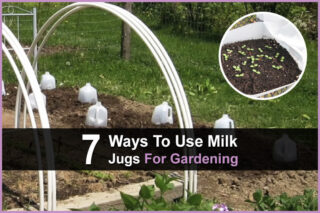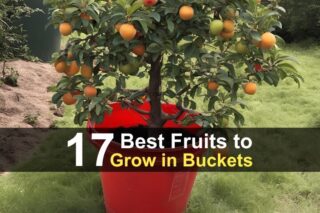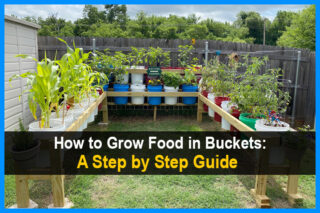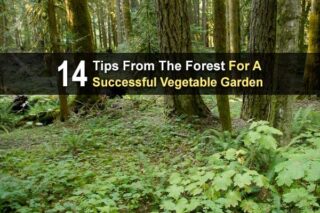Estimated reading time: 18 minutes
A wild garden is an unusual arrangement of indigenous wild plants that mimics the appearance and feeling of plants in nature. Wild gardens are usually planned and planted in backyards and often require less maintenance than traditional gardens.
The idea is to support and nurture a natural and diverse ecosystem. It’s also designed to attract beneficial insects and wildlife. There's no planting in rows like most gardens as nature rarely delivers straight lines. Instead, a wild garden has clumps and clusters to capture a natural look.
Another key is to only plant native plants that are indigenous to your area and planting zone. This will keep the plants healthy and native plants usually require less water than plants far from your area.
But there’s another benefit and goal with wild gardens and that’s to attract wildlife and beneficial insects like bees and ladybugs. The pollinators will help pollinate any fruits or vegetables, and when it comes to flowers, you can harvest the seeds for next year's planting.
Related article: How to Create a Wildlife-Friendly Homestead
And it’s not just about wildflowers and shrubs. Plants across the board are planted in a wild garden including flowers, herbs, grasses, trees, and even fruits and vegetables.
If the garden is planned and planted properly, the results can be breathtaking as a constant cascade of plants present colorful patterns, shapes, and the added benefit of cut flowers, harvested herbs, and fruits and vegetables.
Want to save this post for later? Click Here to Pin It On Pinterest!
What Should You Plant in a Wild Garden?
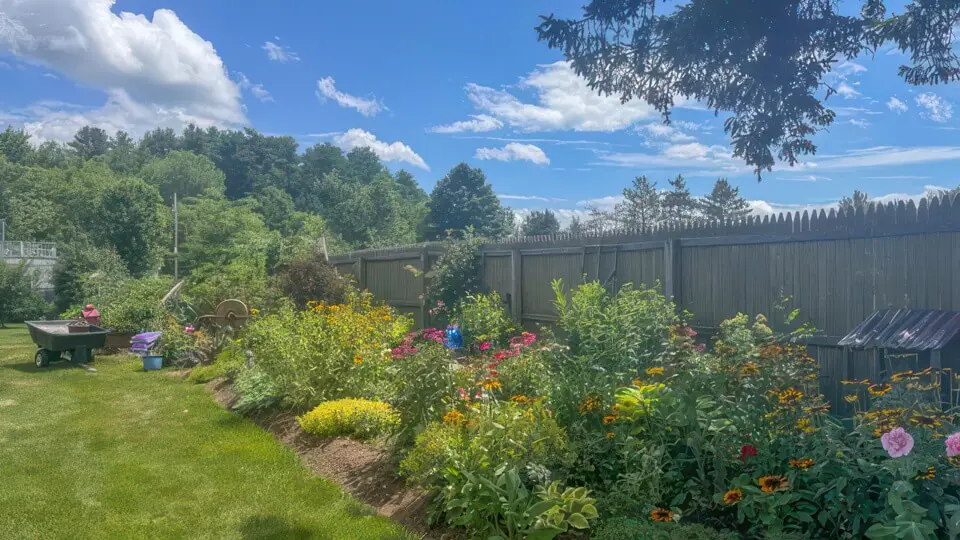
As we mentioned, the real key is to find plants that are native to your area. This helps reduce your maintenance and time spent watering, and it helps to create a healthy ecosystem.
Related Article: 24 Indigenous North American Plants for Food and Medicine
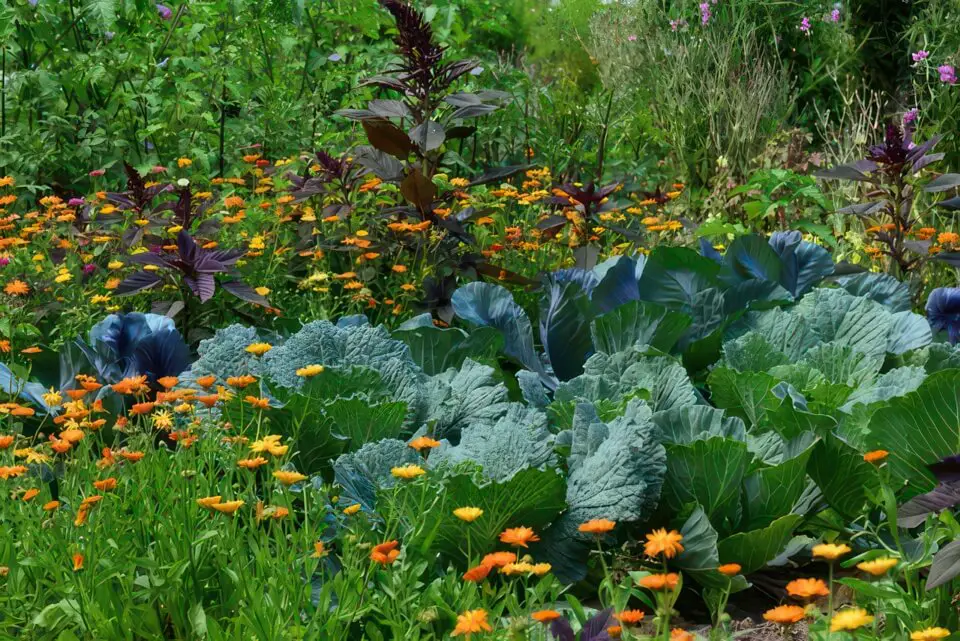
You should also think about planting plants that mature across the season. Flowers like daffodils and tulips in the spring; marigolds, Aster and others that mature and bloom in summer; and plants that survive well into fall like rosemary and brussels sprouts.
You can also think about plants, trees and shrubs that put on a colorful display in fall like the Burning Bush or the Red Maple.
2025 Planting Calendar by Zip Code | The Old Farmer's Almanac
Fruit trees, fruiting shrubs, and fruiting vines are another consideration, and fruit trees both blossom in the spring and bear fruit from summer to fall. The key to all of it is how you plant your wild garden.
Layering – Grow horizontally and vertically
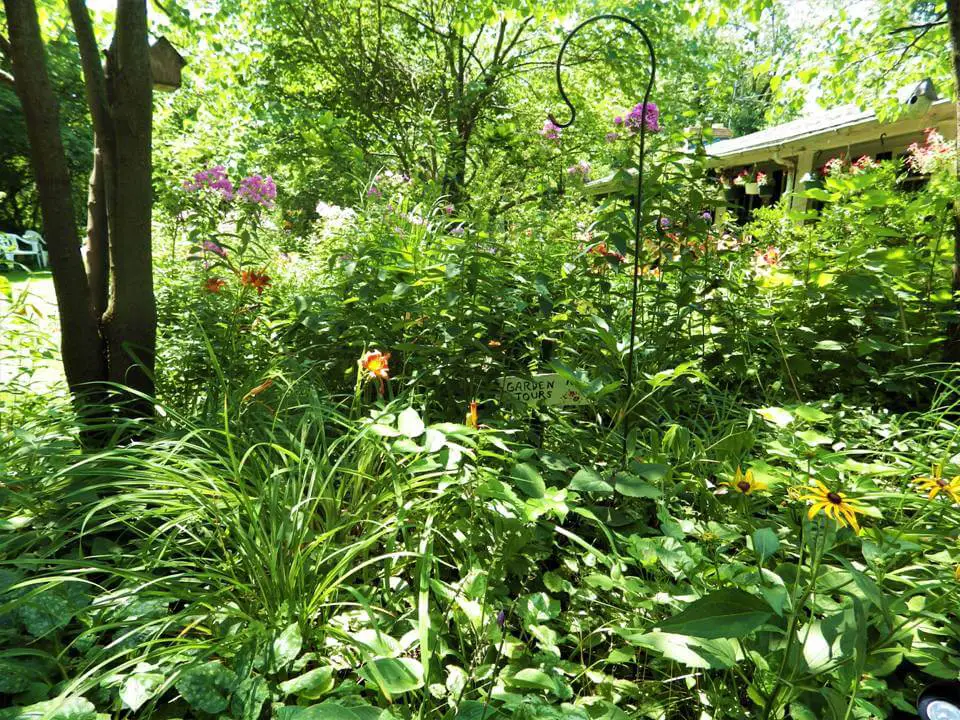
This is a basic gardening practice that puts taller plants in the back and shorter, low-growing plants in front. Medium sized plants go in the middle. But there’s a little more to it. Plants are rarely planted in perfect rows in a wild garden. They tend to be clumped together while still keeping the short guys in front and the taller plants towards the back.
Trees and shrubs can be planted anywhere but you need to think about the shade they create. Another idea is to plant vining plants like grapes, blackberries, and raspberries in the back on a fence, a trellis, or tripod supports or stakes.
And it doesn’t have to be fruits on a trellis—you could plant 4’oclocks or other flowering vines like Clematis. What’s important is to continue to think 3-dimensionally.
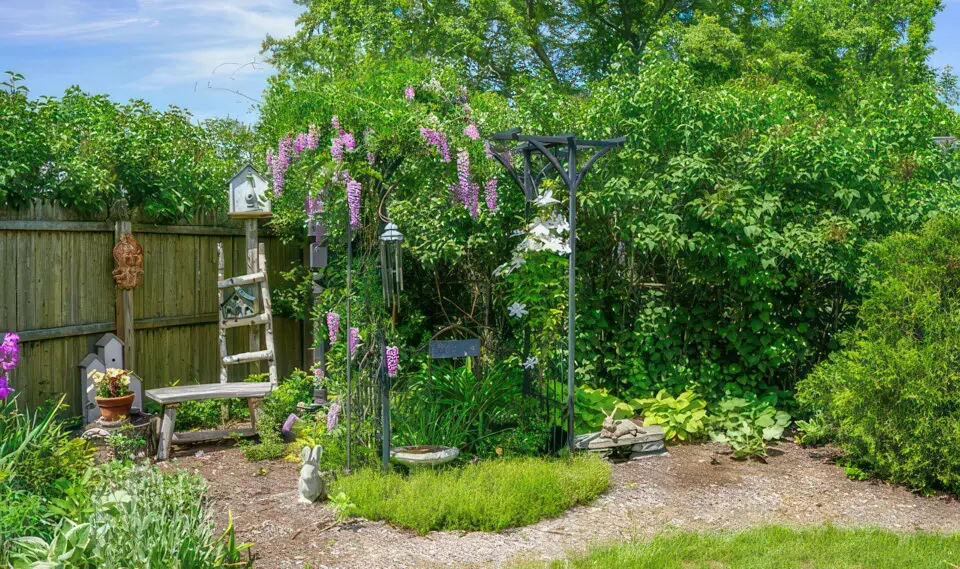
You’re trying to define shapes, areas, and pockets of plants that work and grow together to create a dramatic landscape. Your also trying to create spaces where you can or simply walk around and enjoy your wild garden.
Strive for Biodiversity
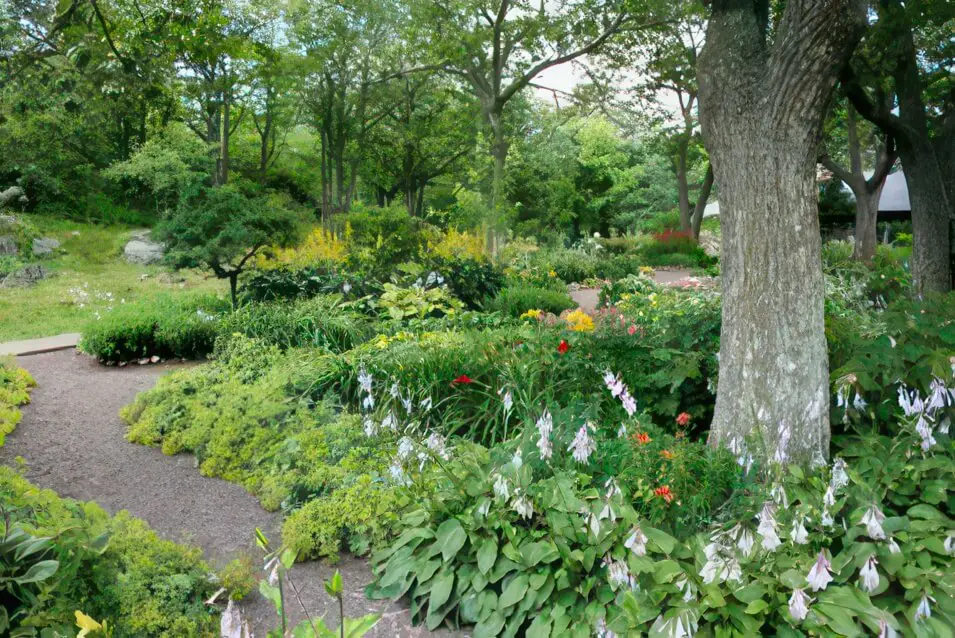
A variety of plant types creates a dynamic and biodiverse environment.
The goal is to mix different varieties of plants to create layers and unique textures and shapes in the garden—just make sure they are good companions. Some plants don’t get along while others actually help one another.
Related Article: The Ultimate Companion Planting Guide + Chart
Alliums are a good example of a plant that doesn’t always get along well with other plants. Alliums are generally defined as plants with bulbs, from onions and garlic to daffodils and tulips. If It has a bulb, try to isolate it from flowering annuals. Think of them as a border around a shrub or evergreen, or grow them in isolation.
Managing the Ecosystem
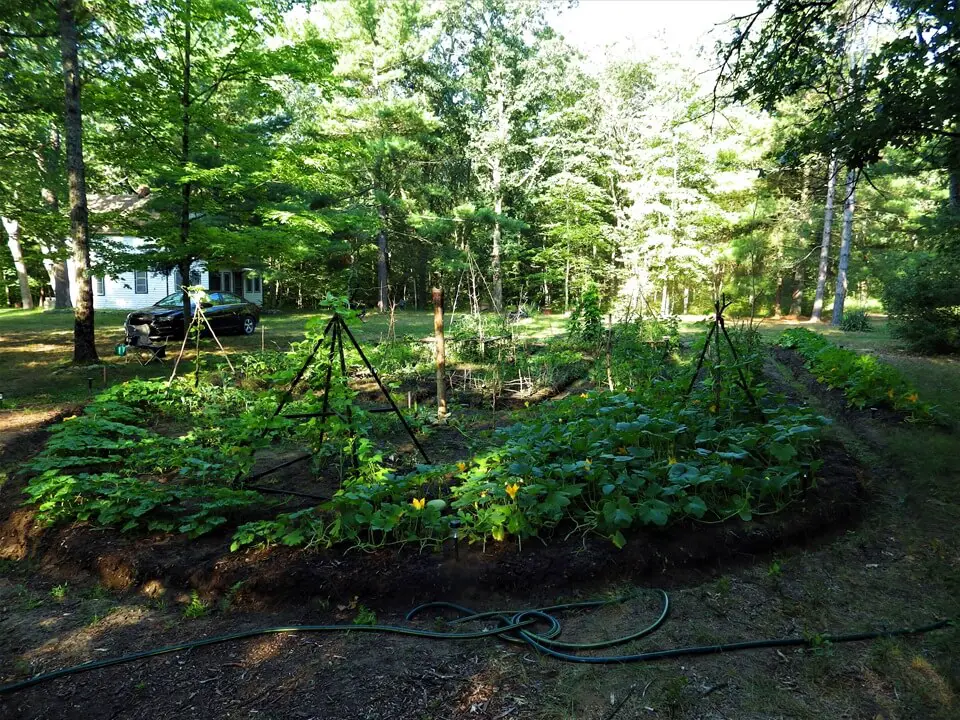
A proper ecosystem lets you maintain the garden with minimal effort once it is established. It also attracts wildlife to your garden including pollinators like bees and butterflies.
Related: 18 Ways to Attract Bees to Your Garden

The key to managing the ecosystem is proper soil, sufficient water, and a dense concentration of plants.
Soil preparation is always important, so make sure you have a compost heap and add it to the garden on a regular basis. Once a month is about the minimum. This soil prep is always important before initial planting, but it’s worth top dressing at least once a month.
Avoid excessive tilling, especially after the garden matures. Tilling interrupts the ecosystem in the soil. Pull dead plants or weeds when you must, but a gentle soil prep or a hole in the ground for a potted plant is a best practice.
However, tilling may be necessary when you are first planting your wild garden, but it’s best to park the tiller after the wild garden starts to grow. Work the soil by hand and pull any weeds or dead plants.
Regular watering is also important, but indigenous plants are often drought tolerant. We’ll continues to explore more ideas about watering as we go.
Related Article: How to Drought-Proof Your Garden
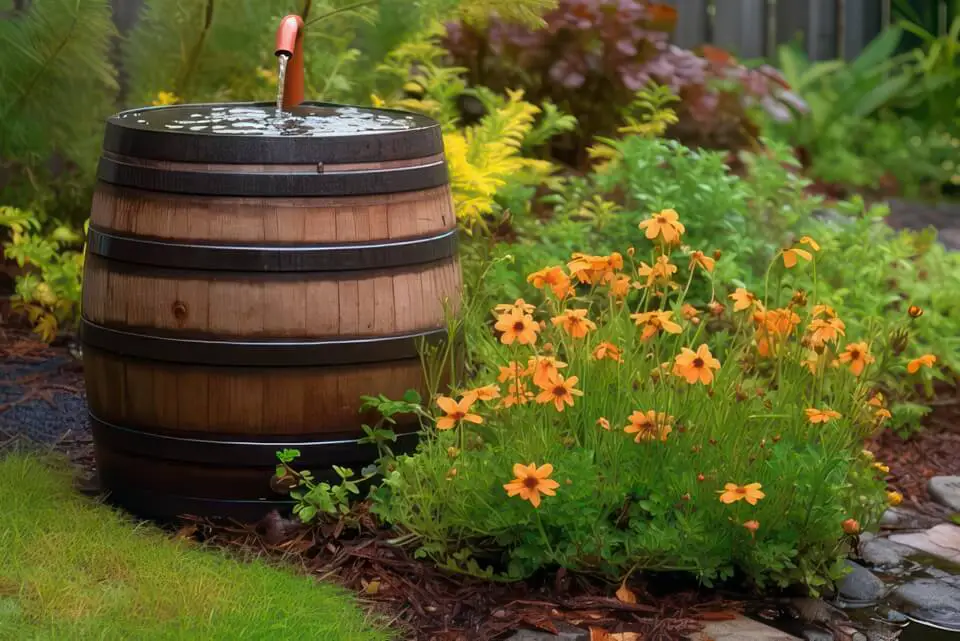
Some people put together a rainwater collection system to make watering easier. Better yet, rainwater is very soft water and is the best type of water for plants. And if you’re on municipal water, it’s a great way to save money on your water bill.
A critical key to wild gardening is to avoid the use of chemicals. Learn natural ways to repel pests, weeds, and rodents that do not repel pollinators or other helpful insects like Ladybugs and Preying Mantis. Chemicals kill them all.
Related Article: Natural Pest Control: Keep Your Garden Healthy Without Harsh Chemicals
And skip the chemical fertilizers. Stick with compost.
Don’t Tear Everything Out Before You Start
It’s quite possible you have some indigenous wild plants currently growing in your yard. Give them some respect. They are most likely native to your area, and if they’re attractive or beneficial plants, try to work with them and around them. Existing plants can be worked into your expanded wild garden. It’s not a hard and fast rule, but it’s worth thinking about.
Plan and Plant Thoughtfully
Planning always makes sense. Take the time to go out into your yard and assess where the sunlight is best. The sun travels across the southern sky, so figure out which way is south and put a stake in the ground over the course of a sunny day to mark where you get sun.
Related Article: A Strategic Plan for Long-Term Gardening
That doesn’t mean you can’t plant in the shade. There are plenty of shade-loving plants from Hostas, to Impatiens to Begonias and Astilbe, and even the Brassicaceae family including cauliflower, cabbage, broccoli and brussels sprouts. This all gets back to your garden plan that will identify where you plant what.
Another important step is to test and treat your soil, especially when planting for the first time. Wildflowers and most annuals prefer a pH between 6.0 and 7.0. You can buy soil test kits on Amazon.
A reading of 7.0 is neutral, and a reading of 6.0 is slightly acidic on a pH scale of 0 to 14. If your soil is outside of this range, Adjust the ph. Add lime to move the pH towards the acidic side of the scale until you read a 6.0, or sulfur to move the pH towards a neutral reading of 7.0. You could use wood ash to soften the soil.
On the other hand, If you test and get a 6.0 to 7.0 you’re good to go.
Improve drainage by adding sand mixed with gypsum. This is especially important if you have a soil with heavy clay or you notice water sitting on the surface of the soil after a heavy rain.
Determine which plants require sun and which plants grow well in the shade.
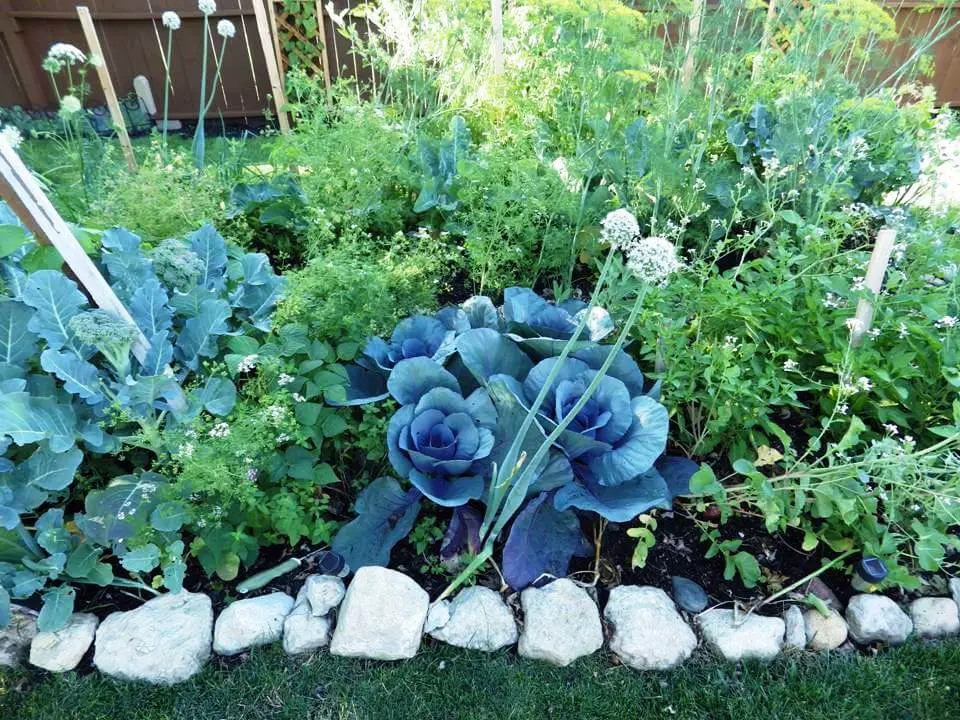
Eventually, you’ll be looking at other factors like annual or perennial, maturity rates, companion planting, height and width. These are all important factors for your wild garden plan and placement. Here’s an excellent book that defines possibilities with an emphasis on wild gardens.
Related Article: Bringing Nature Home: How You Can Sustain Wildlife with Native Plants
Strive for colorful combinations with vibrant colors.
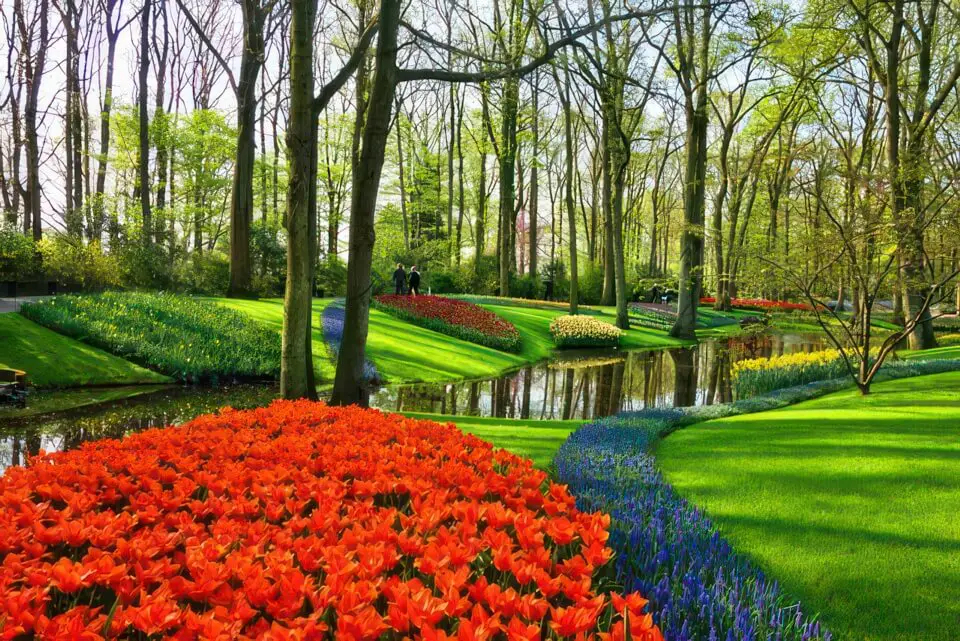
You want to map your garden plan, but be mindful of color combinations, patterns, and shapes. Also, make notes on how seasonal changes will affect what you plant. Ideally, you always have something in bloom and in the case of fruits and vegetables, you always have something ripening.
It’s a good idea to research local plants and flora to see which native plants exist in your area. A local botanical garden can give you good advice or a local garden center.
Once you have a good idea for what you will plant, it’s time to buy your plants. Buy your seeds from a trusted supplier, especially if they specialize in indigenous, native plants. Potted plants are best bought at a garden center.
Here’s an example of a rough map for a wild garden:
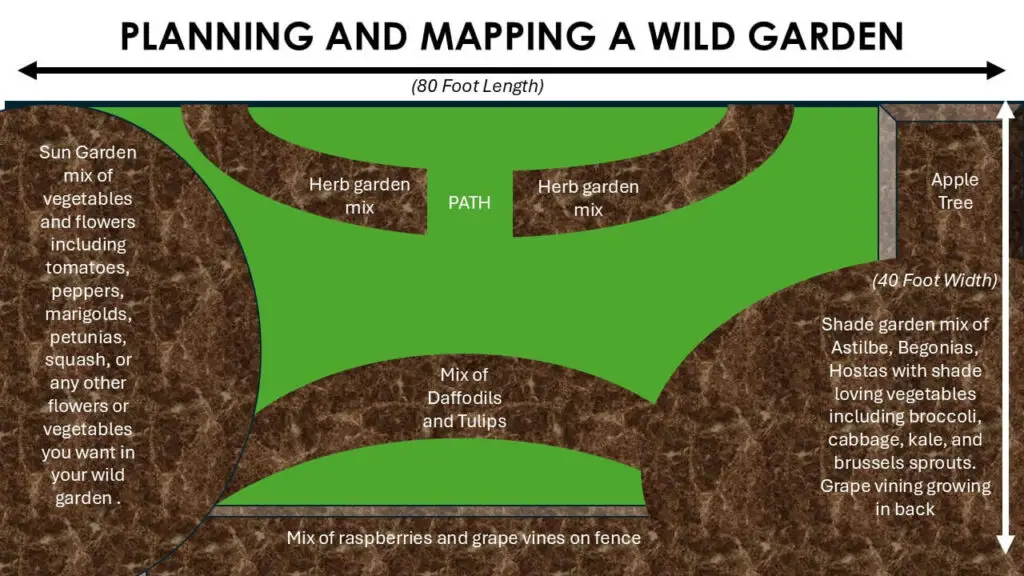
The idea of the plan you put together is to give you a starting point for what you will plant and where. When planting, try to plant seeds and potted plants in clumps or clusters. Avoid rows. You’re trying to mimic the natural way that plants appear in nature.
Also remember the old rule about plating shorter plants in front, medium sized plants in the middle, and taller plants in the back when planting in beds.
Here are a couples links to give you some flower and wildflower choices you could also consider for your wild garden:
- 61 Common WILDFLOWERS Found in the United States! (2025)
- 34 Amazing Plants That Are Native to North America
Manage When and What You Sow
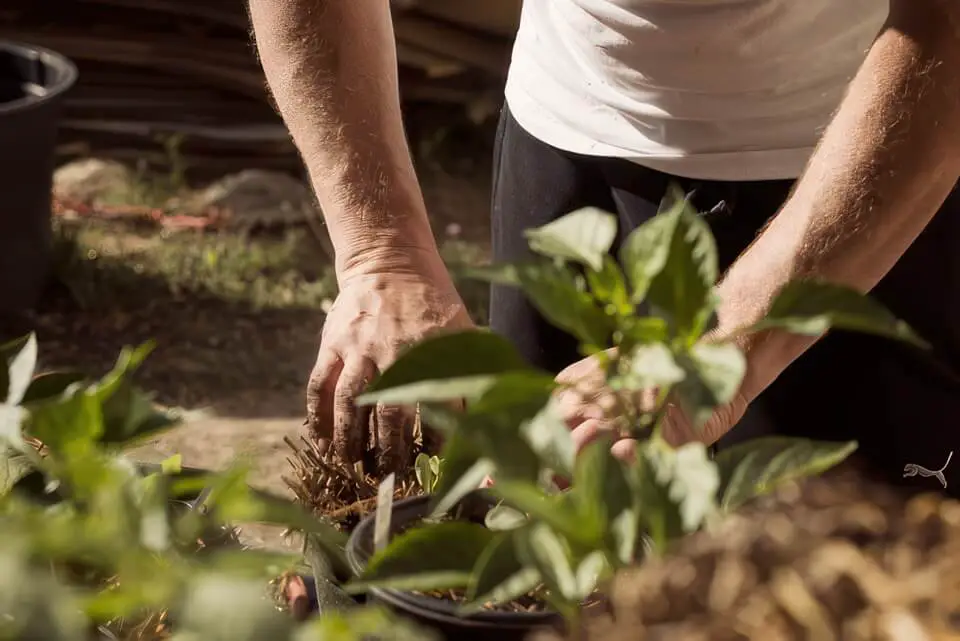
Timing is very important for most plants. Some that mature late in the season need to be planted early. You’re also trying to be mindful of how and when the plants will bloom so you have a display going on across the season.
Prepping Your Wild Garden
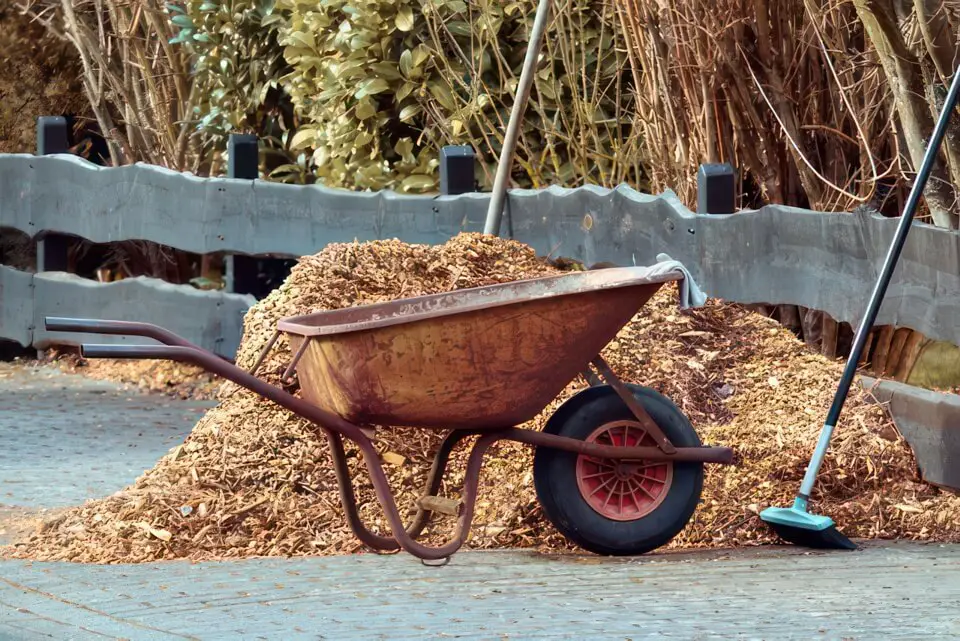
This may be the first and only time that you till your wild garden. It all depends on the ground, but most yards are covered with grass. A rototiller is fair to use for that first time you’re breaking up the soil, especially if you have a lot of grass.
If you are going to use a soaker hose for drip irrigation, now is the time to snake them around on top of the beds. You want the soaker hose underground so lay them down first before topping with soil.
After tilling the beds and possibly laying down your soaker hose, add compost and topsoil to create your dedicated beds and other areas. Blend it together well and you’re ready to start. You could also add some peat moss, and if you are concerned about drainage, add some sand or gypsum.
You’re finally ready to start planting, but remember the clump and cluster rule. Cast the seeds in a circle or even an irregular shape over the prepared bed. Rake the seeds gently, but if the package instructions indicate a certain depth, you can use your finger to push them deeper into the soil.
Remember to stop and think for a moment about companion planting so you have a happy ecosystem.
Once you’ve done your first planting, water with a gardening house or hook up your soaker hoses. You want to water deep and daily during the first couple of weeks to guarantee germination or help the new roots of any potted plants.
As Your Wild Garden Grows
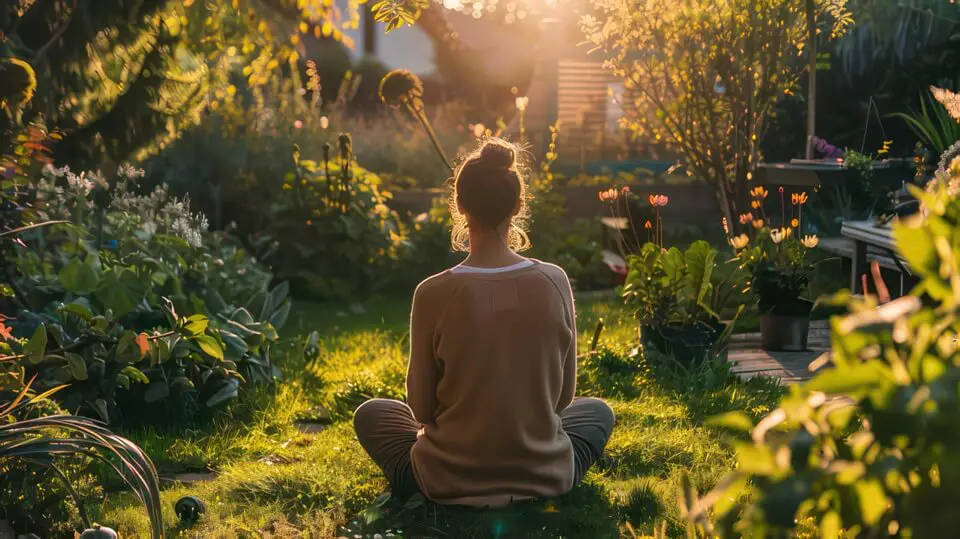
Stop and observe how things are doing. Are you getting germination from your seeds? Are potted plants healthy? Is a particular plant starting to dominate?
If it’s overgrowing, carefully prune it back.
Remember diversity. As time goes on you can add additional plants. This could include herbs, grasses of various types of small shrubs. Wild grasses add interesting textures as they move in the wind and many herbs like basil repel harmful insects and even rabbits.
And there’s always that opportunity to plant some more vegetables or flowers as plants mature and die off. Succession planting can keep your wild garden vibrant and always interesting.
Crop Rotation
A standard practice on farms is crop rotation. It’s a way to prevent diseases from developing in the soil from repeated planting of the same plant. It can also return some nitrogen to the soil.
Beans and peas are the heroes, and their roots actually return nitrogen to the soil. Pole beans can be grown on a stake or tripod, and peas and bush beans are more low-lying plants that can be planted anywhere you feel the need for some soil revitalization.
Cover Cropping
Another standard practice of farms is to plant a cover crop late in the season where plants have matured. Rye grass and clover are standard cover crops and in the spring can be turned and worked into the soil. They make a good foundation for the compost you’ll top dress before next season’s planting.
- The Ultimate Guide to Mulching
- Why Every Gardener Should Grow Cover Crops
- The Complete Guide to Crop Rotation
More About Watering
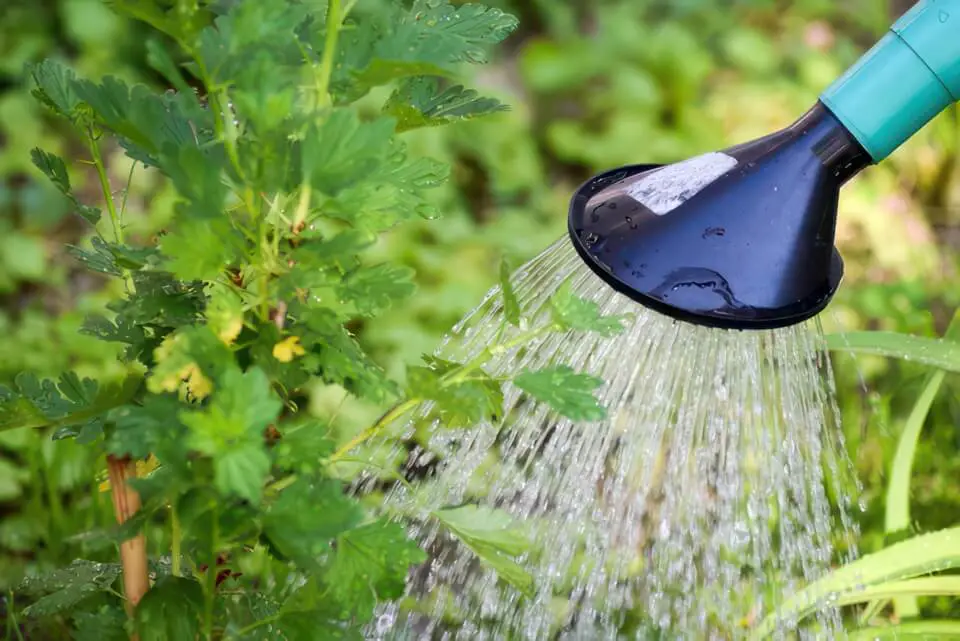
One of the goals of wild gardening is to create a low-maintenance ecosystem. Watering can be one of the most important things and is the one important maintenance step you shouldn’t miss and that you should do and there are a few ways to make this easier.
Related Article: 8 Garden Watering Mistakes You’re Probably Making
We mentioned one of them through the use of soaker hoses. A possibility is to connect your soaker hoses to a spigot on the bottom of a rain barrel if you have one. It’s an especially good way to water if you have a very large yard and some remote garden beds.
Continue to assess soil moisture. An easy was to do this is to stick your finger into the soil to an inch deep. If your finger is dry, your garden needs water.
Your ideal watering goal should be about an inch a week and make sure to water deep. If you have a rain gauge that can help you estimate how much to have to water in any given week.
If you have healthy soil and do a monthly top dressing of compost and mulch, your only task will be watering, and if you want to make that simpler, buy those soaker hoses.
Watch Out for Unwanted Weeds

Weeds get a bad rap. Most wildflowers are technically weeds. And as for those dandelions, you can eat just about the whole plant, and it has a nutrient level on a par with spinach and kale. If they start to take over, pull ‘em and eat ‘em.
However, if you find a highly invasive weed or a weed that seems to be affecting the appearance and health of your others plants, they got to go. Pull them by hand and toss them onto the compost heap.
Attract the Good Insects

This isn’t just about pollinators like bees and butterflies. Insects like Ladybugs, Praying Mantis, and Lacewings eat many insect pests like aphids and Green Hornworms. If there’s a problem bug in your garden, it’s a good bet that these garden cops will find them and dispatch them.
Flowers attract them both, but bugs in your garden and dense growth in clumps and clusters is also an open invitation, especially to the Praying Mantis. This is a big step to staying organic and creating a healthy ecosystem to make it easier to avoid the use of chemicals.
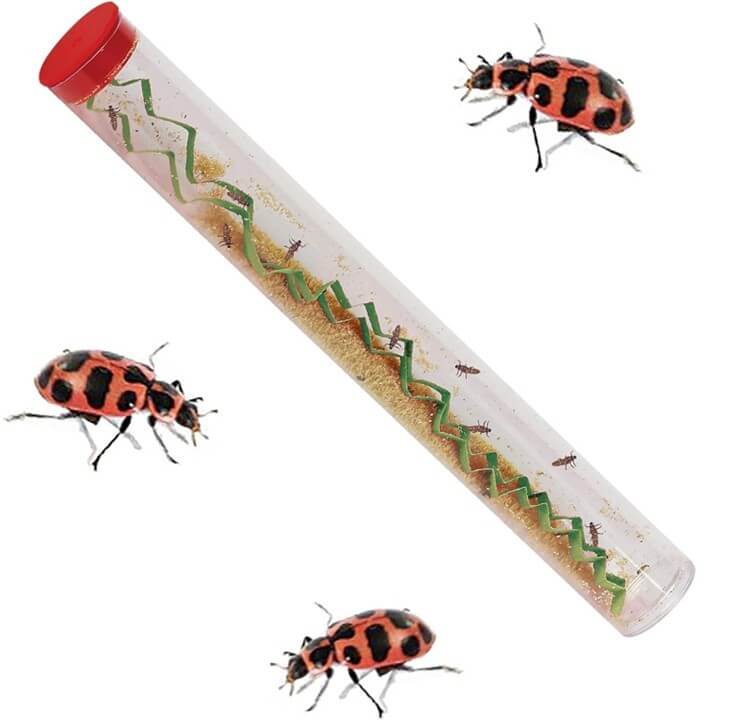
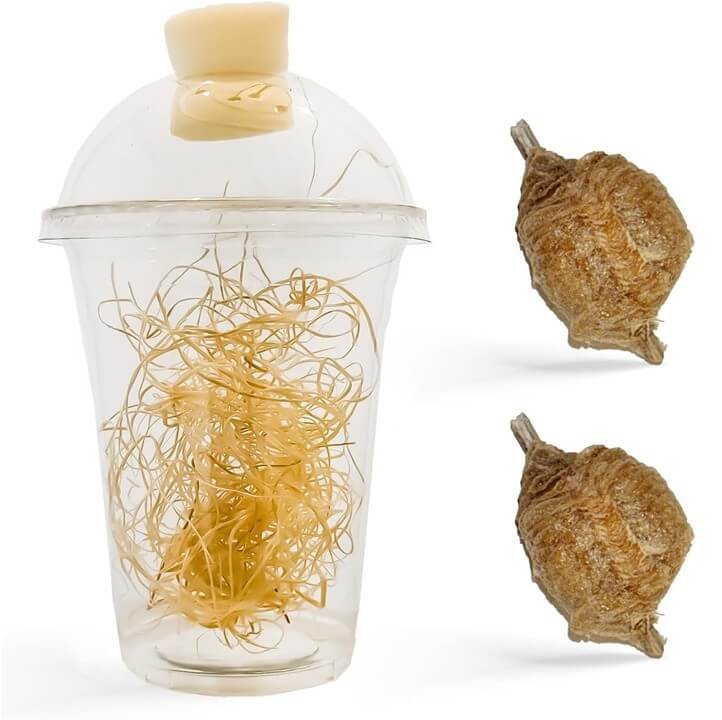
And you don’t always have to wait and hope they show up. You can even buy Ladybug larvae and Mantis egg cases on Amazon. If you have a clean ecosystem, they’ll make themselves at home and reproduce throughout the season.
Adding Structures to your Wild Garden
There are a variety of possibilities for structures you can and should add to your wild garden. Just try to keep them natural using trees, branches, rocks, and other things found in nature. You could even add a small pond to your wild garden that could serve as a source of water for watering or to simply add to the relaxing and contemplative feeling of a wild garden.
Other possibilities include birdhouses, bird feeders and even bee house. Bee houses are designed to attract bumblebees and other bees that don’t live in a bee’s nest. They tend to be solitary dwellers and often live in holes in trees that have been bored by other insects.
You can recreate this with some holes about 10mm in diameter drilled into a dead, standing tree or even a block of wood which can attract more pollinators to your wild garden.
One exception to the natural look are trellises, but don’t paint them. Let them weather and use them as background for grape vines and other vining flowers and plants. Eventually, the vines will cover the trellis.
As time goes on, everything in your wild garden will only get better. If you tire of seasonal replanting, stick with perennials. Just remember to plant for colorful blooms with plants native to your area. And oh yeah, avoid those straight lines.
Like this post? Don't Forget to Pin It On Pinterest!
You May Also Like:



